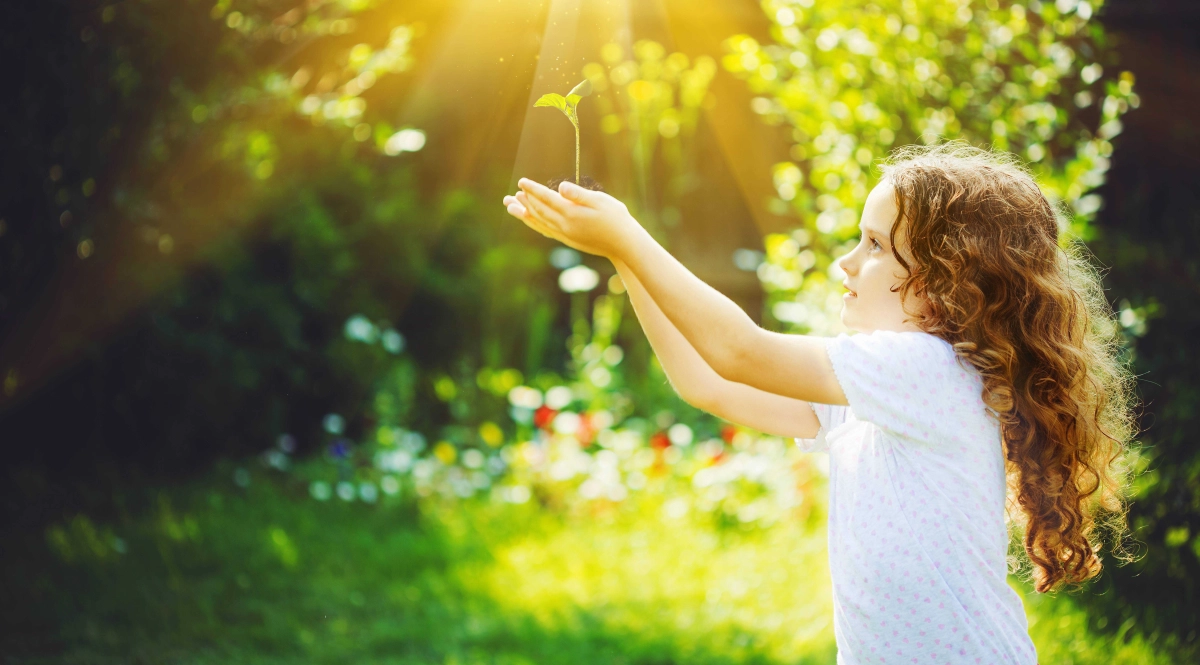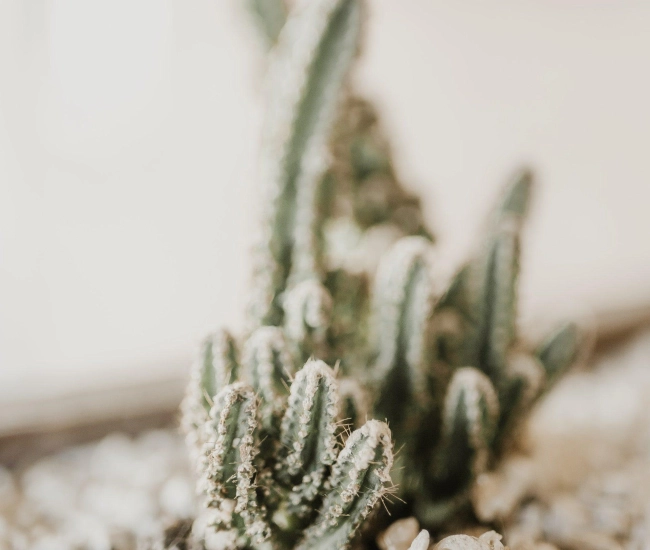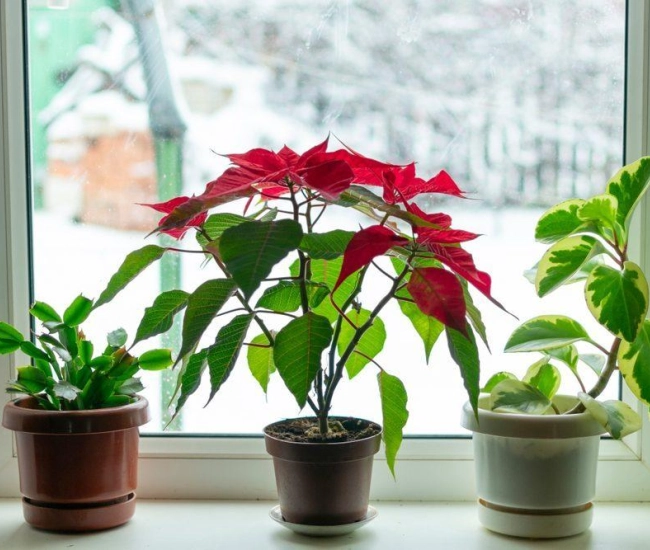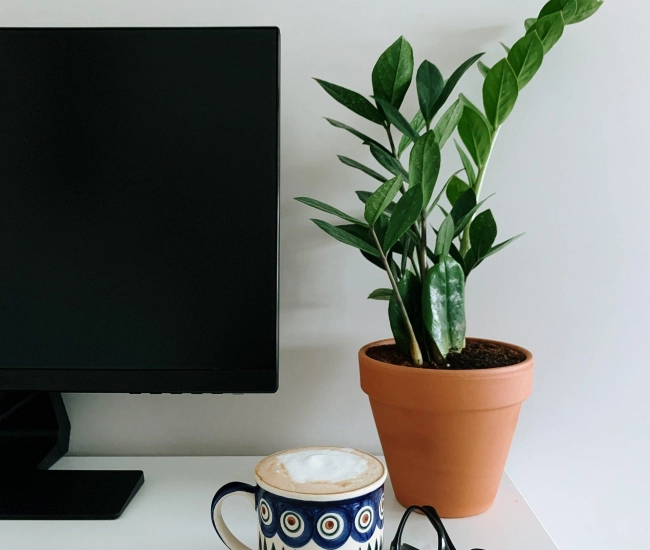
Plants and Light: An Essential Need
A plant needs three elements to grow: soil, water, and light. Gardeners can interfere with soil and water, but in a natural environment, they are completely dependent on the seasonal changes of nature for the biological cycles related to light.
Plant Growth
Light ensures good branching of our plants. Grown under insufficient light, a plant becomes elongated and the leaves are poorly developed.
Movement and Closure of Leaves
When certain plants are deprived of good light, both day and night, the flowers close. In others, it is the movement of the leaves that is affected.
Photoperiodism
Some plants have sensors (phytochromes) that can measure the duration of day and night. The day/night alternation causes these plants to change behavior, such as producing vegetation, flowering, fruiting, or inducing bud dormancy.
Plants whose biological rhythm is related to photoperiodism can be divided as follows:
- Long-day plants: they flower in spring and summer.
- Short-day plants: they flower at the end of summer, in autumn, or in winter.
Plants that are indifferent to photoperiodism are called "neutral plants."
Plants Whose Flowering Time Is Induced by Long Days
These plants require 12 to 14 hours of light and are called "hemeralperiodic":
- Yarrow, Achillea millefolium
- Carnation, Dianthus
- Iris, Iris.
Plants Whose Flowering Time Is Induced by Short Days
According to their biological cycle, these plants flower when nights are longer than days and are called "nyctiperiodic":
- Autumn chrysanthemums, Chrysanthemum
- Poinsettias, Euphorbia pulcherrima
- Hardy hibiscus or swamp mallow 'Disco Belle', Hibiscus moscheutos 'Disco Belle'
- Kalanchoe, Kalanchoe blossfeldiana
- Christmas cactus, Schlumbergera
- Blue trachelium, Trachelium caeruleum.
Flowering Signal
Why do some plants always flower at the end of summer or in autumn, regardless of the number of days of vegetative growth?
The flowering time signal for many plants comes from seasonal phenomena. The flowering process is triggered in a plant when the optimal seed production conditions for that plant occur. The transition period between the vegetative period and the flowering period is thus influenced by several parameters, such as:
- Temperature, cold or heat
- Plant maturity, development stage
- Light, length and quality.
Bud Dormancy
At the end of summer or the beginning of autumn, the buds of most trees and shrubs enter dormancy. They enter a state of slowed-down life. This temporary halt in growth develops gradually, induced by cold or short days. Often, it's the combination of the two that triggers the process. As soon as favorable temperatures and long days return in spring, this plant will come out of the rest imposed during the short days.
Leaf Fall
Short days are often one of the main factors related to leaf fall in autumn.
Substitute for Nature... in a Greenhouse!
In controlled cultivation, in a greenhouse, you can artificially induce flowering to sell them at the desired time. To simulate long days, artificial lighting is used, while darkness is induced for flowering requiring short days.
For example: to obtain a new flowering, the poinsettia needs about six weeks with long nights or darkness for 14 hours.
Tips and advice



